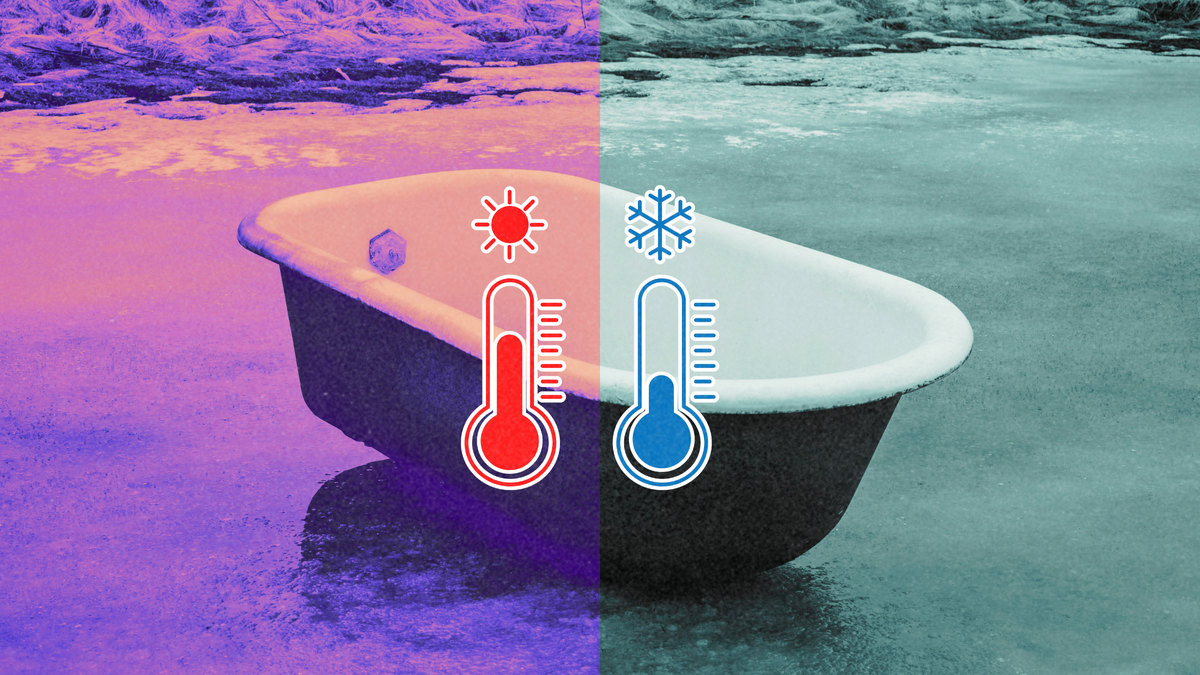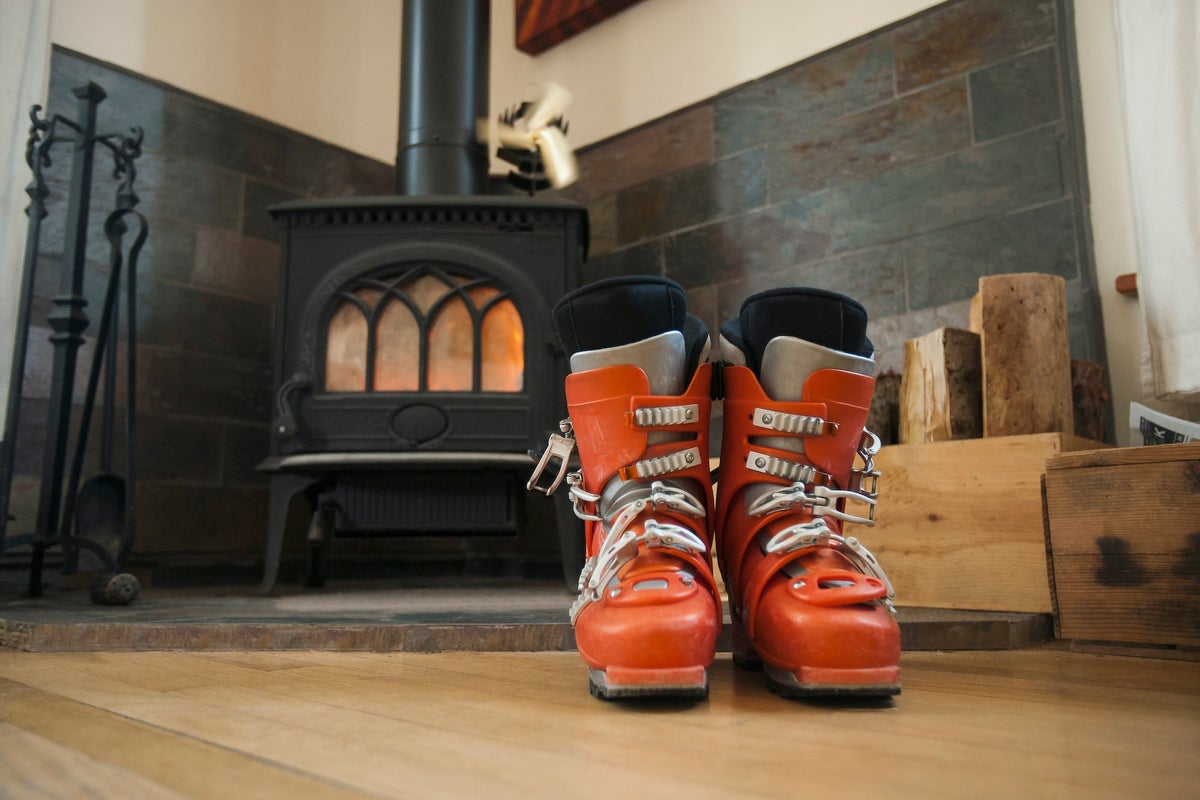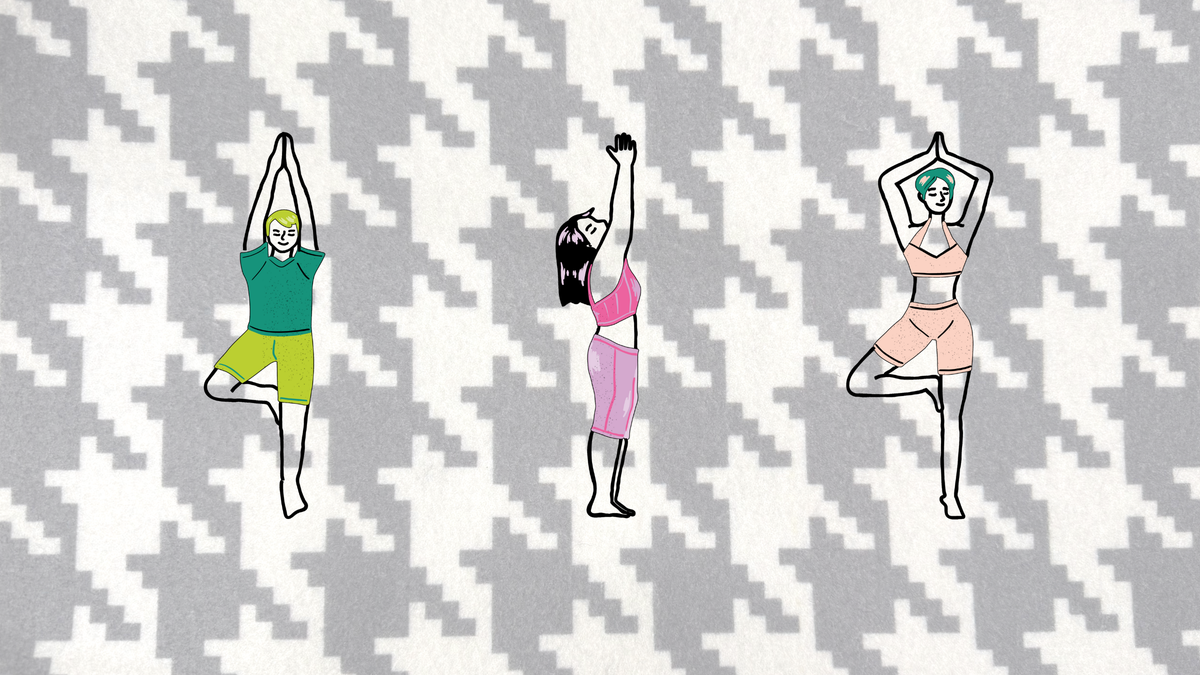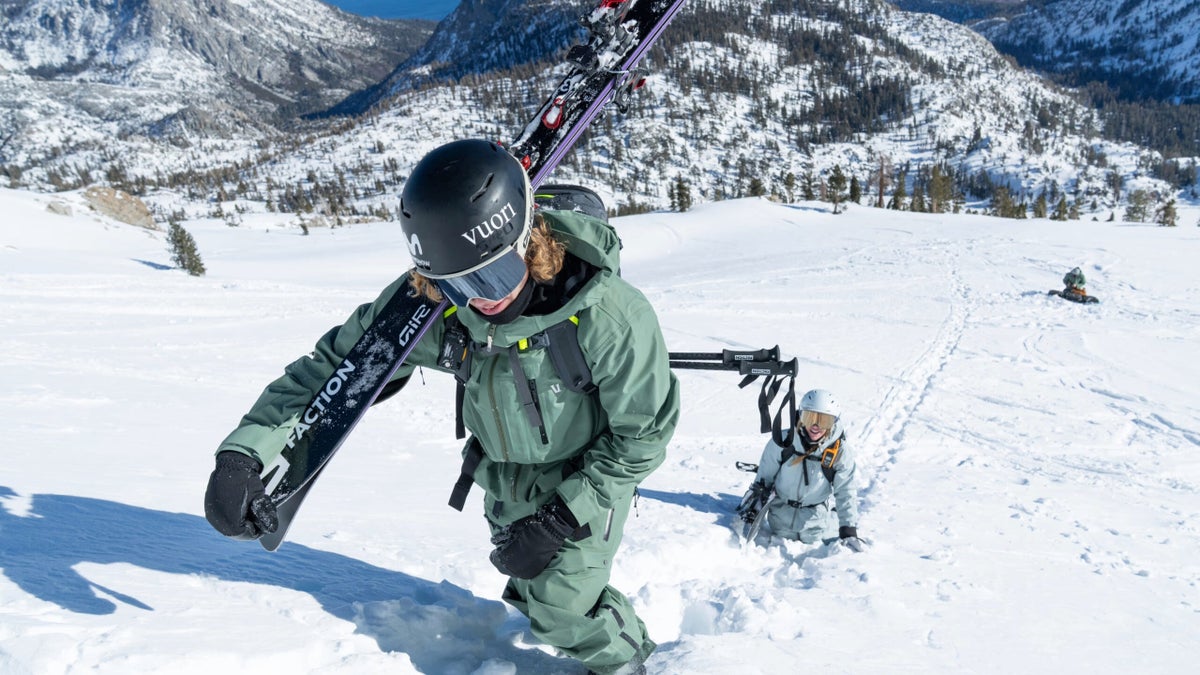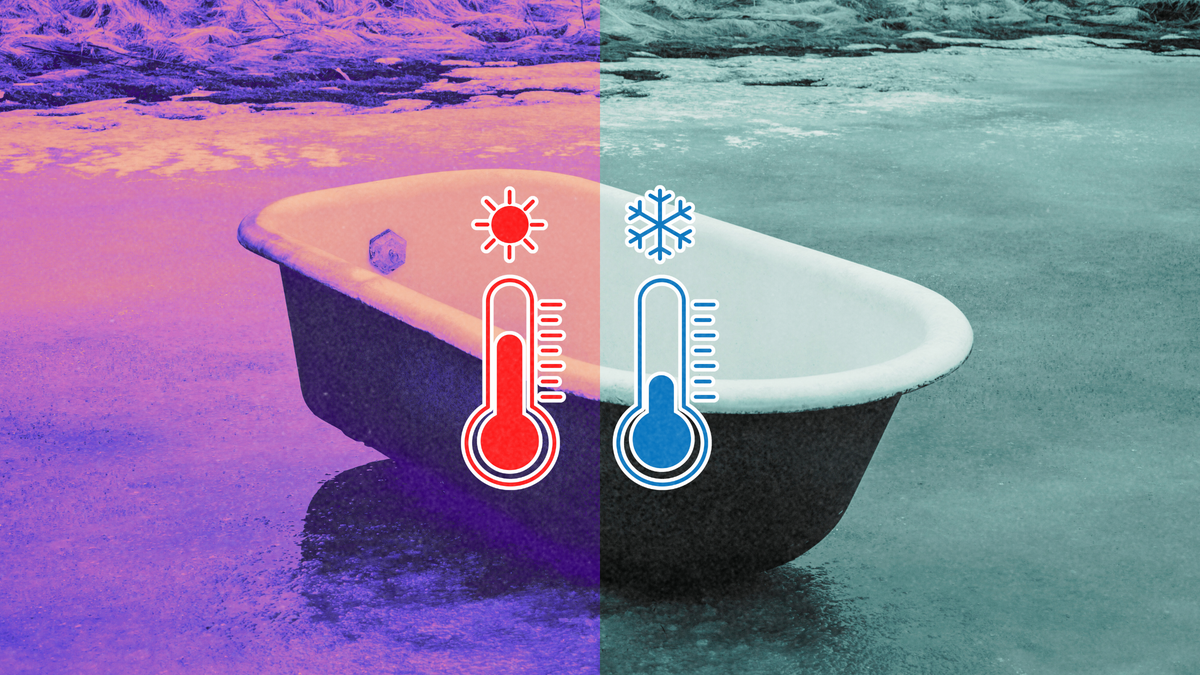
Nothing feels better than jumping into a cold pool after a sweaty run—or soaking in a hot bath to wind down after a hard, cold-weather workout. And depending on how and when you use them, cold and hot baths can also reduce inflammation, boost recovery, and improve athletic performance, says runner and California-based licensed physical therapist Andrea Henry.
But which is best for muscle recovery after a workout? It turns out, they each have a place in your recovery arsenal.
When to Take a Cold Bath
Experiencing inflammation from a lingering injury like plantar fasciitis or an ankle sprain? Henry recommends a cold bath—ideally at temperatures between 50 and 60 degrees Fahrenheit—for up to 15 minutes at a time.
Cold baths aid in recovery from heavy weightlifting sessions and contribute to long-term gains in muscle mass and strength.
The cooler temperatures slow blood flow to the irritated area, “decreasing swelling and numbing pain,” Henry explains.
Research also shows that runners who regularly engaged in cold immersion therapy reported less delayed onset muscle soreness (DOMS) than those who simply rested. According to a study published in the Journal of Physiology, cold baths aid in recovery from heavy weightlifting sessions and contribute to long-term gains in muscle mass and strength.
But if your teeth chatter just at the thought of sinking into a full bath of ice water, there’s good news: submerging that sore foot or ankle in cold water is just as effective at minimizing pain and “calming minor niggles that could alter your gait and cause additional injuries,” explains Henry.
Do This If You Have Swelling
If the injury is acute—say you tripped and sprained your ankle on a trail—skip the bath and opt for cold compression, which is “much more efficient at reducing swelling,” says Elizabeth Smith, a physical therapist based in Huntsville, Alabama. There are some super fancy cold compresses made specifically for recovery these days, but feel free to stick with the tried-and-true ice pack.
When to Take a Hot Bath
To soothe the day-over-day stiff muscles after a long run or hard speed session, both Henry and Smith say a hot bath is the way to go.
Immersion in hot bath water increases blood flow throughout the body, heating tendons, joints, and muscles.
Ideally, the best temperature is between 98 and 105 degrees Fahrenheit, but Henry advises always choosing a temperature that feels comfortable.
Much like taking a yoga class in a heated room helps you go deeper in a forward fold or lunge, immersion in hot bath water increases blood flow throughout the body, heating tendons, joints, and muscles, and “improving range of motion and movement,” explains Henry.
According to psychologist Allison Christopher, “regular evening baths can improve symptoms of depression, as the slight uptick in body temperature releases serotonin in the brain.” Taking a hot bath at night also releases melatonin, which “can synchronize your circadian rhythm,” she says.
Bottom line: you’ll relieve tense muscles and sleep better, both of which aid in recovery and make it easier to bounce back from a hard workout.
Opt for a Pre-Workout Hot Bath
Baths don’t need to be just a post-workout treat. Similar to how a dynamic warm-up prepares the body for an intense race or speed session, a pre-run hot bath can loosen stiff joints and get blood flowing to sore muscles—making it easier to nail your splits while reducing your risk of injury, says Henry.
Contrast Baths
When dealing with an acute injury like a sprained foot or ankle, Henry suggests trying a contrast bath: a mix of hot and cold therapies.
Here’s how to do contrast therapy, according to Henry:
- Treat the injured area exclusively with cold water or compression for the first few days after injury
- Alternate between 3–4 minutes in warm water and 1 minute of cold water.
- Do this alternating sequence for about 20–30 minutes.
- Always end with cold water.
This method works by constricting and then dilating blood vessels, “creating a pumping effect that increases blood flow and oxygenation of the blood, speeding up the healing process,” she says.
A scientific review of contrast water therapy studies also found that it was more effective in decreasing lactic acid in muscles than passive methods or rest.
But contrast therapy isn’t for everyone. Those with open wounds, cardiac dysfunctions, skin infections, diabetes, and other circulation conditions should avoid water temperature fluctuations, as well as extremely hot or cold bath water.
Add Epsom Salt to Your Bath for a Recovery Boost
While adding a fun scented bath bomb or a few drops of your favorite essential oil to bath water isn’t harmful, there is no scientific evidence to support its benefits. Instead, Smith advises patients to use two cups of Epsom salts, which break down into magnesium particles that get absorbed into the body, relieving muscle cramping and speeding up recovery.
To maximize both the mental and physical health benefits of bath time, put down the phone or tablet, advises Christopher.
“It’s easier to quiet the mind when you’re in a state of physical relaxation, so try listening to calming music or a guided meditation to help you wind down,” she says. Studies also show that for athletes, a regular meditation practice is associated with reduced stress levels, improved focus and concentration, and better sleep, all of which can contribute to enhanced recovery and improved athletic performance.
Want more Outside health stories? Sign up for the Bodywork newsletter. Ready to push yourself? Enter MapMyRun’s You vs. the Year 2025 running challenge.
The post Should You Take a Hot or Cold Bath After a Workout? Here’s What Experts Suggest. appeared first on Outside Online.










